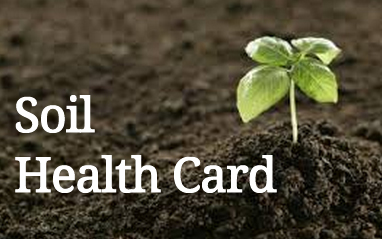Understanding the Soil Health card
Soil Health card is the report card of the soil which provides all one need to know about the quality of soil. It gives comprehensive information about the soil from nutrient content in the soil, type of soil, fertilizer required, crop suitability to ambient temperature and rainfall condition.
The ideal NPK (nitrogen, phosphorous, potassium) proportion for the Indian soil is 4:2:1. Though this proportions vary from place to place and region to region depending upon the rainfall and temperature. The green revolution featured use of chemical fertilizer as a prerequisite of increasing the yield of the production. The beneficiary state including Punjab Haryana UP and others saw a rise in fertilizer use. Mindless use of disproportionate fertilizer ratio in the soil rendering soil in many areas unfit for cultivation. The ratio of NPK in Punjab and Haryana is 19.2:5.5:1 and 20.6:6:1 respectively in 2011.
Though India’s urea (N) demand is met by domestic production, we need to import the other fertilizer. The urea provided to the farmers is given at subsidized rate which adds the government’s subsidy bill. It is seen that in the current fiscal out of total fertilizer subsidy 60-70% accounts for Urea only. Knowing about the quality of soil and fertilizer requirement the subsidy would be better targeted. It not only reduces the subsidy bill but also take care of the health of the soil which is deteriorated by the excessive use of one type of nutrient in the soil. Apart from resulting in higher pollution the excessive use of Nitrogen reduces the health of crop and do not significantly improve the productivity.
With the introduction of Nutrient based subsidy (NBS) in 2010, farmers are paid a fixed subsidy per tonne based on the nutrient in the soil. As a result the retail prices of fertilizer witnessed a high jump except the urea prices which was increased marginally. Hiking the price of Urea would directly affect the small and the big farmers and hence the backlash. It is the most widely used fertilizer.
But it is to be noted that fertilizer comprises only 5% of the input cost and hence a hike in urea pricing would trouble much to the farmers. The soil health card would help in this direction by educating the farmers and letting them know about the usage of fertilizer and its amount.


